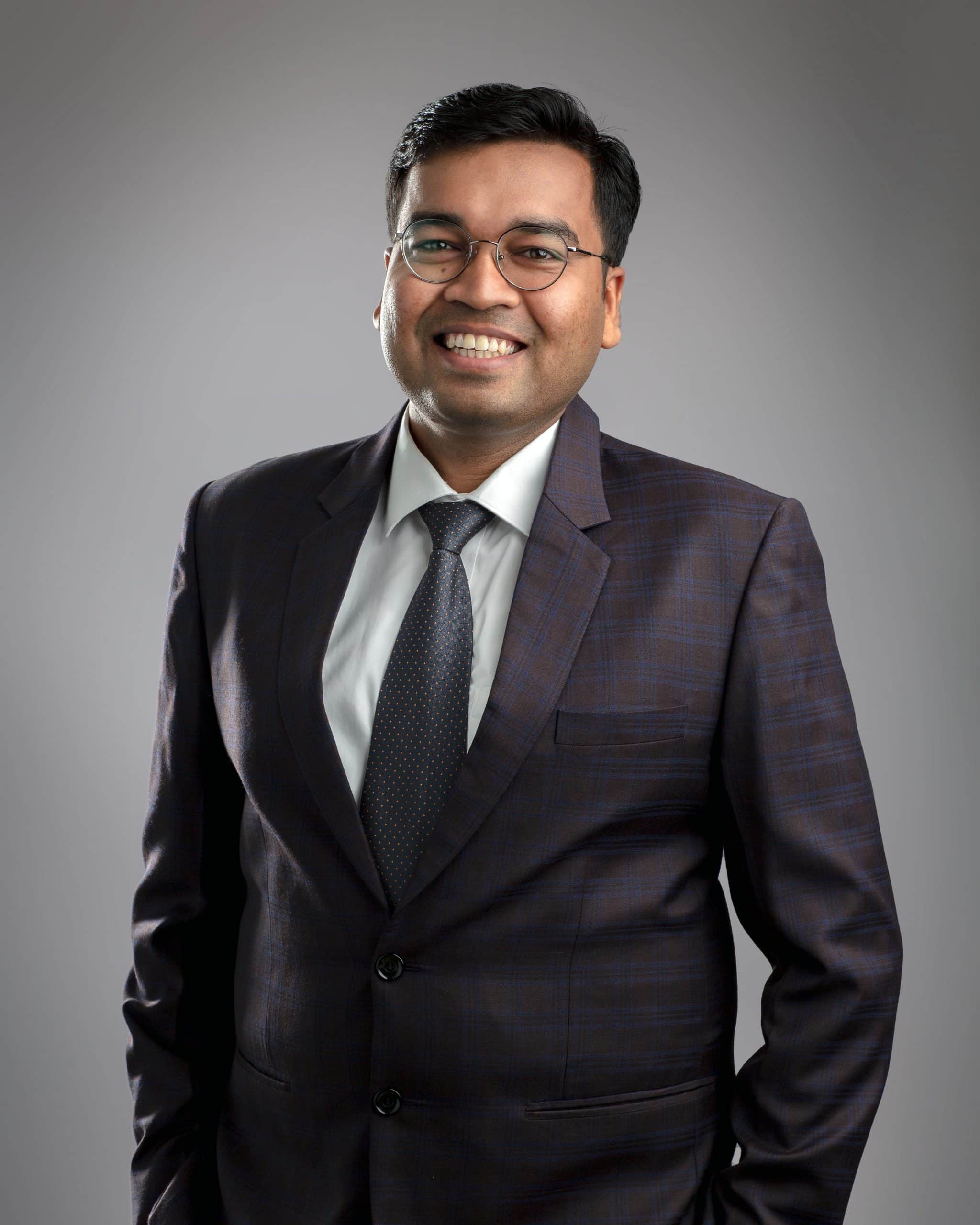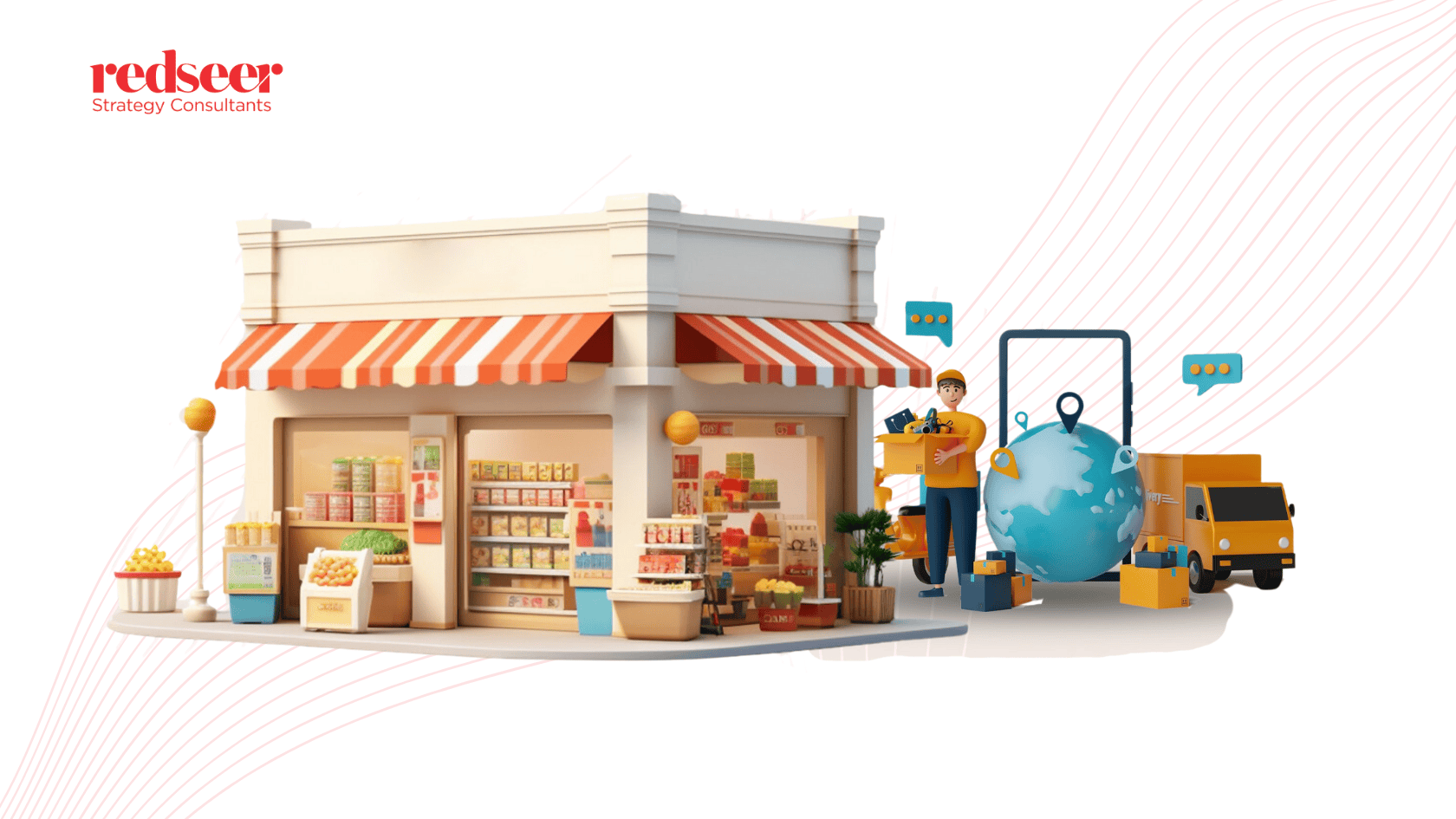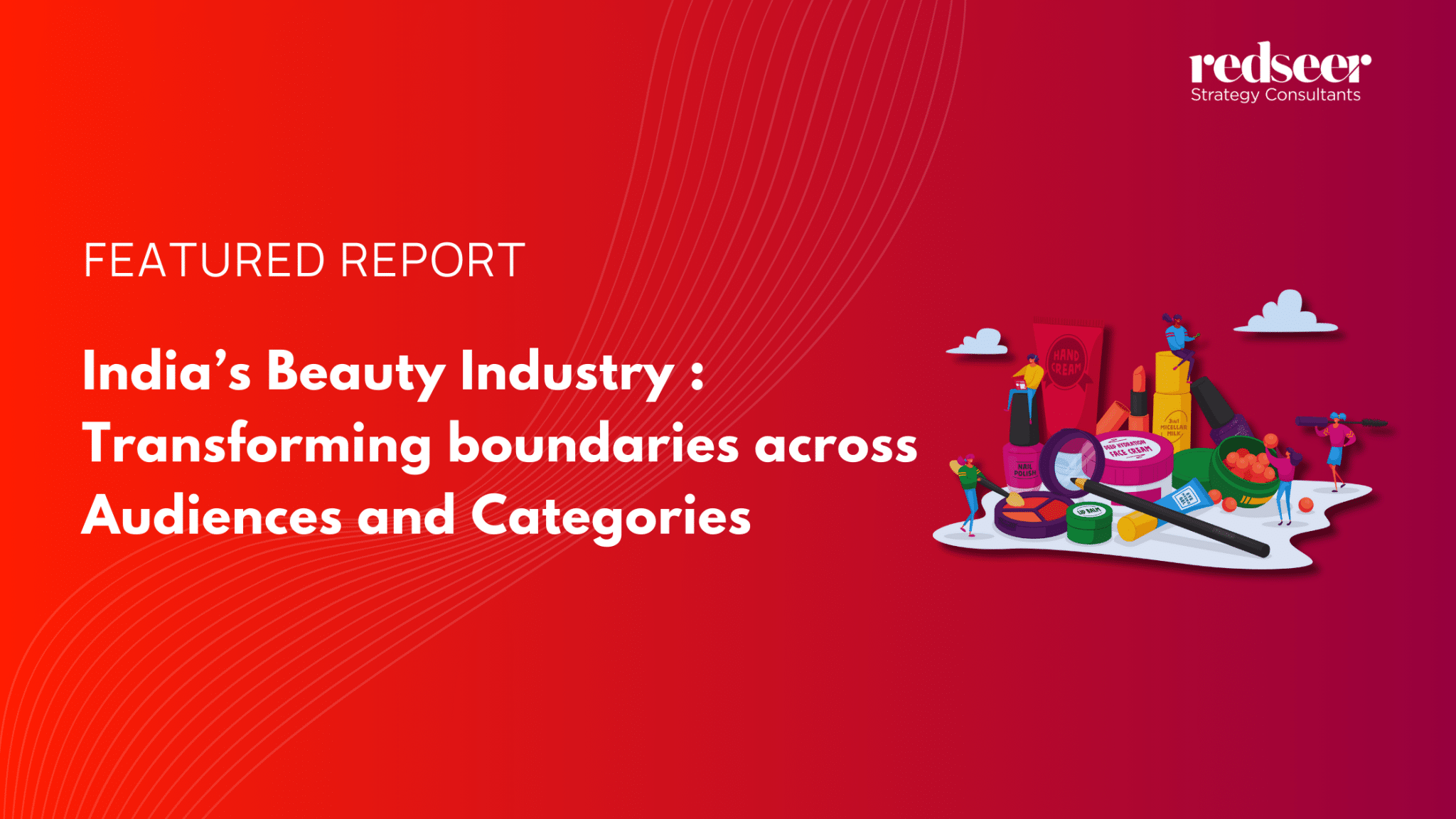“Premiumization” and “Stepification” are not just buzzwords—they are critical strategies that beauty brands must embrace to capitalize on emerging opportunities in India’s rapidly growing beauty industry. These trends are driving a transformative shift, enabling brands to meet the evolving preferences of a discerning consumer base and secure a substantial share of the market.
In our previous article, we explored how beauty brands can unlock a staggering $34 billion opportunity in India’s beauty and personal care (BPC) market. We also discussed how omnichannel strategies are propelling the market’s growth at an impressive 25% CAGR. In this article, we shall talk about how leveraging Premiumization and Stepification effectively is the key to amplifying this growth and ensuring that brands stay ahead of the curve.
Insights from the Nykaa Beauty Trends Report, developed in collaboration with Redseer, highlight the essential role of educating and authentically engaging consumers.
Premiumization: A New Era of Luxury and Quality
India’s premium beauty segment is projected to double from USD 1.6-1.8 billion in 2023 to USD 3-3.2 billion by 2028, driven by rising consumer aspirations, disposable incomes, and access to global brands. This growth extends to tier-2 and tier-3 cities, where consumer sophistication matches that of urban areas.
But are brands prepared for premium demand in tier-2 and tier-3 cities? How robust are their omnichannel strategies for sustaining this growth? And can Premiumization and Stepification ensure long-term success in a competitive landscape?
Leveraging data-driven insights and strategic advisory, Redseer helps brands navigate the complexities of consumer demand in emerging markets. In our study with Nykaa, we found that consumers are increasingly adopting comprehensive beauty regimens, leading to higher spending on skincare and haircare products. Additionally, the rise of tailored omnichannel strategies is not only helping brands capture new opportunities but also educating consumers across Tier-1, Tier-2, and Tier-3 cities like Siliguri, Jodhpur, Kanpur, Patna, Ajmer, Kolhapur, Gangtok, Bareilly, Ranchi, Faridabad, and Kochi. Our findings indicate that by aligning with market trends and educating their audience, brands can stay competitive and sustain long-term growth in a rapidly evolving digital-first landscape.
Stepification: The Rise of Multi-Step Beauty Routines Fueling Market Expansion
Stepification illustrates the growing trend of consumers adopting more intricate beauty routines, extending beyond basic regimens to include specialized products like serums, toners, and masks. This trend is notably prevalent among Gen Z and Millennials, who are driving innovation in new product categories. The shift towards sophisticated, multi-step routines and novel product formats is increasing both basket size and purchase frequency. Additionally, social media trends are amplifying this growth by promoting diverse makeup looks and catalyzing the emergence of new beauty product categories. As consumers embrace these complex routines, they are increasingly integrating niche and advanced products into their beauty collections.
Influencer Marketing: The New Frontier in Consumer Engagement
Beauty influencers are transforming the market, making influencer marketing a crucial strategy for brands. With substantial budgets now allocated to these partnerships, their influence is growing, as evidenced by increased searches for “beauty influencers” on Google Trends. Influencers not only promote products but also create content that resonates with audiences, particularly in non-metro cities where engagement can be significant.
Brands must use data-driven insights to forge effective and authentic influencer collaborations. These partnerships can boost consumer engagement, reach new customer segments and expand market presence, crucial for standing out and driving growth in a competitive landscape.
The Power of Education: Building Informed and Empowered Consumers
Education drives trends like Premiumization and Stepification as consumers seek detailed information about beauty products. Effective communication through influencer-led tutorials helps clarify complex concepts and empowers informed choices. For example, Nykaa has effectively used influencer content to educate consumers on the dual benefits of hair oil for both hair and scalp. This strategy has improved product perception, increased basket sizes, and boosted adoption. By leveraging such educational approaches, Nykaa has enhanced consumer engagement and driven growth in the beauty market.
Redseer’s Role in Shaping the Future of BPC Market
Earlier, in collaboration with Peak XV, Decoding Success of Pure-Play Beauty Companies, Redseer had meticulously analyzed the operational strategies of leading international BPC brands, providing critical insights differentiating global leaders from their Indian counterparts and in turn helping to shape effective strategies for navigating the complexities of the beauty industry. And, not only in India, it had also empowered brands across the MEA region to navigate these market changes effectively and capitalize on emerging opportunities in the beauty industry, Beauty Retail Trends, where we had projected a transformative shift in the BPC market-evolving consumer preferences and changing shopper personas reshaping the landscape. While legacy brands have made strides to address these emerging trends, a gap in consumer satisfaction created opportunities for Direct-to-Consumer (D2C) brands.
Redseer’s expertise in localized product creation, agile market entry, and multichannel consumer engagement enables brands to thrive by adapting to emerging trends. By tapping into our market research, digital transformation, and strategic advisory capabilities, your brand can also benefit from these insights to seize new opportunities, optimise business models and drive lasting growth.









